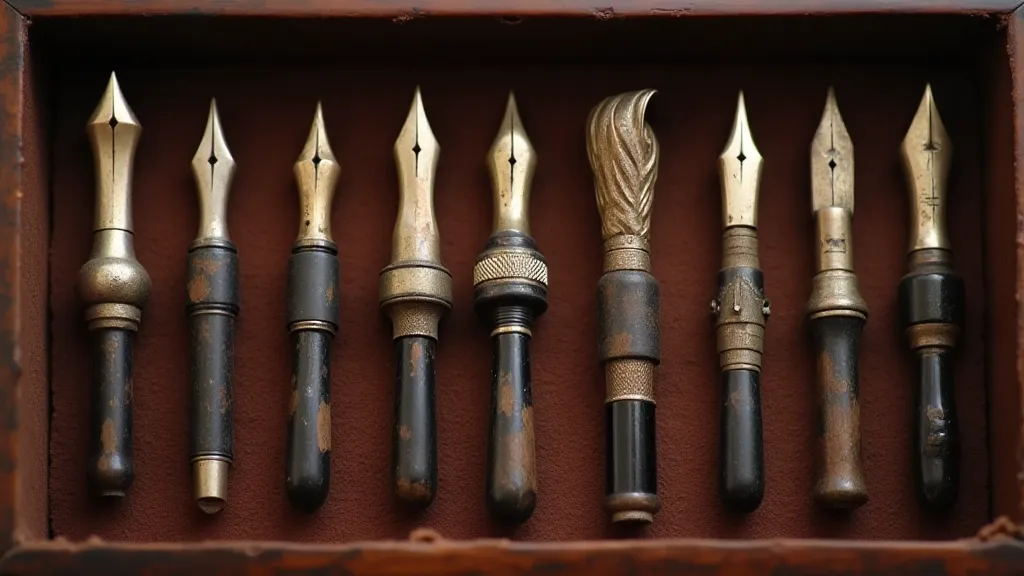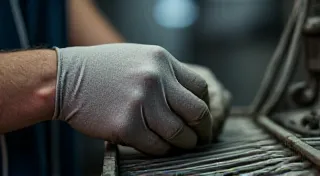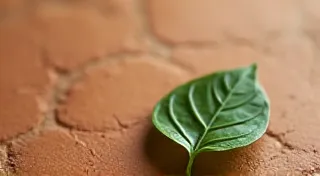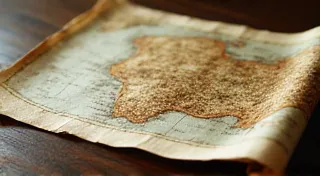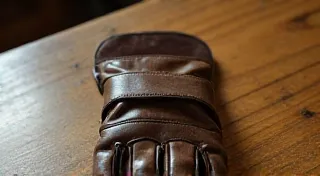The Pen's Pantheon: Honoring Legendary Nib Makers of the Past
There’s a peculiar romance to collecting vintage fountain pen nibs. It's more than just acquiring a small piece of metal; it’s holding a tangible connection to an era of meticulous craftsmanship, a bygone age where artistry and functionality weren't mutually exclusive but deeply intertwined. We rarely think of a nib – that tiny, often overlooked component – as a work of art, but these miniature marvels are the very heart of the writing experience, the instruments through which generations have poured their thoughts, dreams, and stories onto paper. My own journey into this collecting obsession began, not with a grand, showstopper pen, but with a humble, discarded Parker 51, its nib slightly bent, its potential dimmed. Restoring it – carefully, painstakingly – revealed a level of detail and nuance I hadn't anticipated, igniting a passion that’s only deepened over the years.
It's easy to appreciate the beauty of a perfectly restored pen, gleaming and pristine. But the true appreciation, I’ve found, lies in understanding the hands that shaped its soul: the nib makers.
The Architects of Flow: A Brief History
The history of fountain pen nib making is a fascinating tapestry of innovation and tradition. For centuries, nibs were crafted by hand, often by artisans working in small workshops. The techniques were passed down through generations, closely guarded secrets ensuring the quality and uniqueness of each nib. Early nibs, dating back to the 18th century, were often crude, prone to scratching and feathering. However, the rise of mass production in the 19th century spurred rapid advancements. Firms like Waterman, Montblanc, and Parker began to compete, pushing the boundaries of nib design and materials.
The Victorian era, in particular, was a golden age for nib making. Engravers and goldsmiths were recruited, their skills adapted to the burgeoning fountain pen industry. They experimented with different alloys – gold, steel, even platinum – to achieve the ideal balance of flexibility, durability, and ink flow. The aesthetics of the era heavily influenced nib design; intricate engraving, elaborate stamping, and even tiny, almost invisible flourishes became commonplace. These weren't just writing tools; they were miniature sculptures, testaments to the maker's pride in their craft.
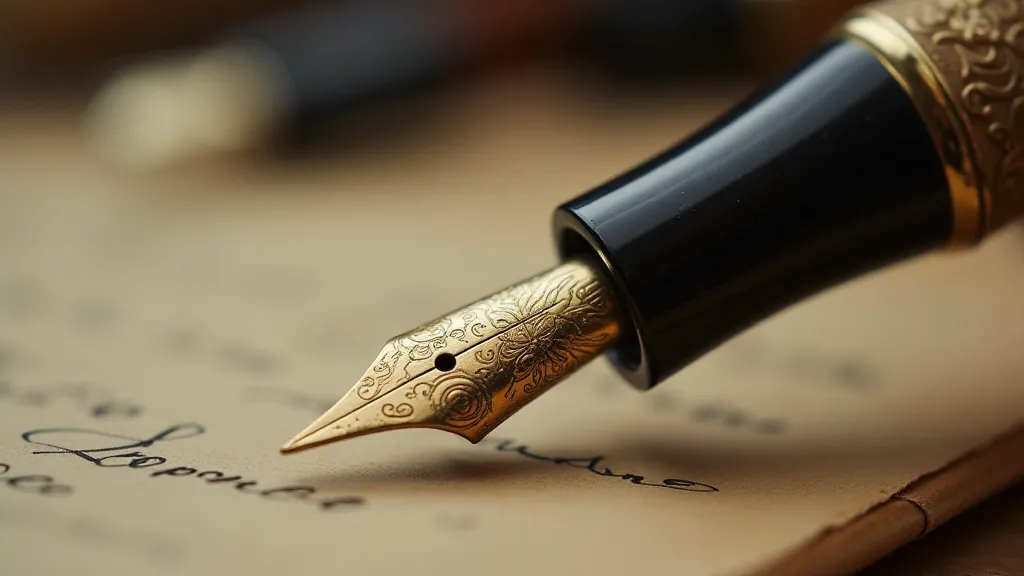
Giants of the Craft: Celebrating the Masters
While countless individuals contributed to the art of nib making, a few names stand out as true giants. Let's briefly honor a few of them.
John Gillott: Perhaps the most celebrated name in early English nib making. Gillott's innovations in steel nib production revolutionized the industry, making quality writing instruments more accessible. His "360" nib, known for its incredible flexibility, remains highly sought after by collectors today. The sheer volume of nibs produced under his name is staggering, but the quality remains remarkably consistent – a testament to his rigorous oversight.
Tobias Cresswell: Another significant English maker, Cresswell nibs are characterized by their beautiful, cursive script-friendly qualities. They offer a unique feel, known for a slightly "springy" resistance. Finding a Cresswell nib in pristine condition is a true prize, often requiring significant restoration due to the delicate nature of the alloy.
Perry & Co.: This British firm, active in the late 19th and early 20th centuries, produced a wide range of nibs, known for their exceptional responsiveness and smooth writing experience. Perry nibs often feature unique stamping patterns that distinguish them from other makers.
Waterman’s Nib Masters: While Waterman is primarily recognized as a pen manufacturer, their early pens relied heavily on skilled nib crafters who often remained anonymous. The quality and consistency of Waterman nibs, particularly those from the late 1800s and early 1900s, suggest a dedication to excellence rarely found in mass-produced goods. The subtle variations in stamping and engraving found on different Waterman nibs hint at the individuality of the craftsmen involved.
German Precision: Bock & Lucius: This Swiss company, while operating internationally, demonstrated a commitment to precision and innovation in their nib production. Bock & Lucius nibs are known for their consistent performance and often exhibit a subtle "sweet spot" – a specific angle at which the nib writes with exceptional smoothness and feedback.
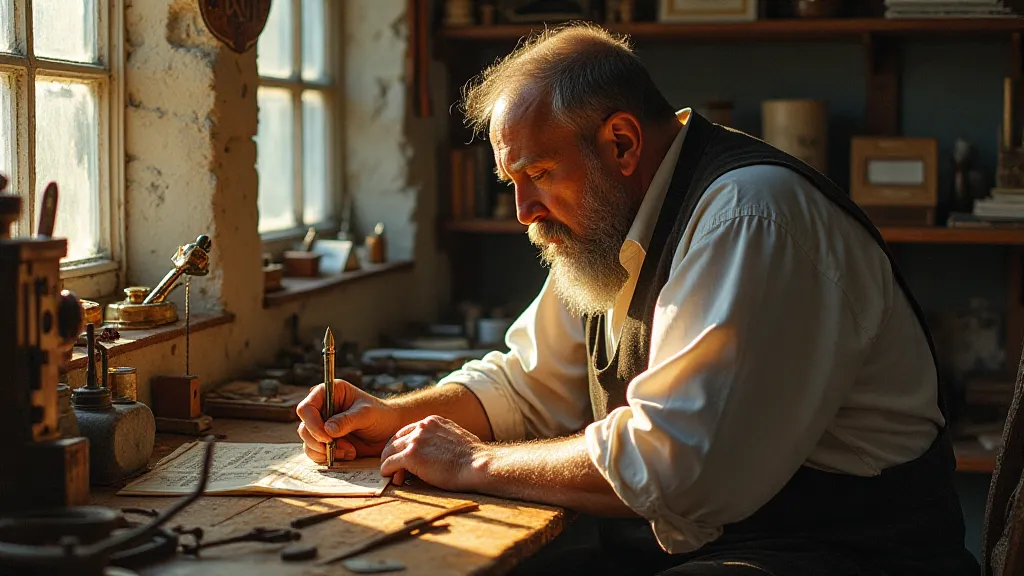
The Subtle Art of Collecting: More Than Just Metal
Collecting vintage fountain pen nibs isn’t solely about acquiring rare or expensive pieces. It's about appreciating the artistry, understanding the historical context, and connecting with the legacy of these unsung heroes. Many collectors focus on specific makers, tracing the evolution of their designs and techniques. Others are drawn to particular types of nibs – flexible nibs, stub nibs, italic nibs – each offering a unique writing experience.
Restoring a vintage nib is a deeply rewarding process. It requires patience, skill, and a genuine respect for the original craftsmanship. A bent nib can be carefully straightened. A scratched nib can be gently polished. A corroded nib can be meticulously cleaned. But the most important thing is to preserve the integrity of the original design – to honor the work of the maker.
Even a seemingly “ordinary” steel nib can be fascinating when viewed through the lens of history. The subtle variations in stamping, the slight imperfections in the grind, the tiny traces of wear – all these details tell a story. A story of the hands that shaped it, the ink it carried, and the words it helped to write.
A Lasting Legacy
The era of the master nib maker may have largely passed. Modern manufacturing processes prioritize efficiency and consistency, often sacrificing the individuality and artistry of handmade instruments. But the legacy of these remarkable craftsmen lives on – in the pens we use, the words we write, and the appreciation we hold for the beauty of a perfectly crafted nib. Holding one in your hand isn’t just grasping a piece of metal; it’s grasping a tangible link to the past, a testament to the enduring power of human creativity and skill. The quiet elegance of these small pieces is a profound reminder that beauty and function, artistry and utility, can exist in perfect harmony.
